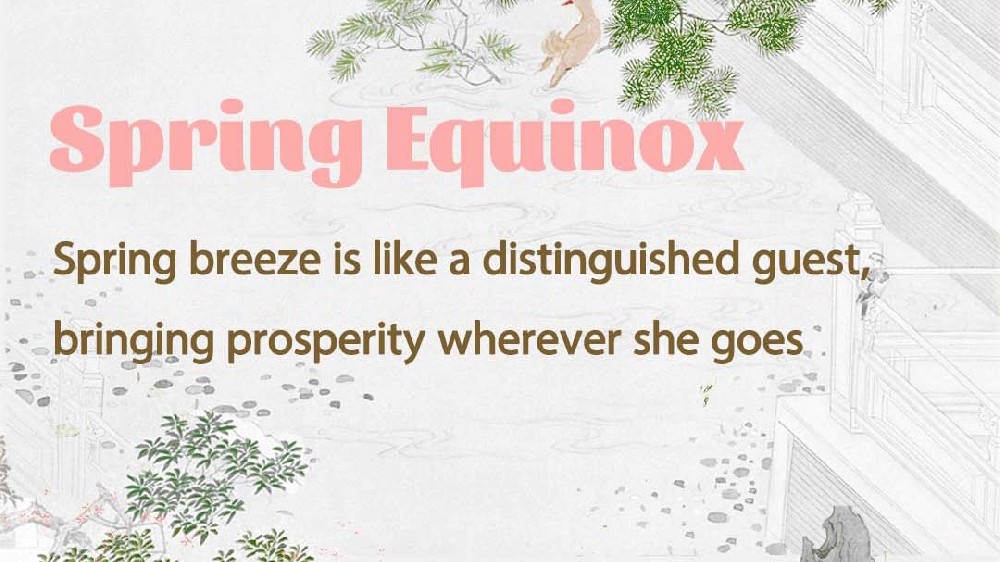Heritage Grid | Decoding the Cosmic Architecture and Imperial Rituals of Beijing’s Temple of Heaven
A Sacred Axis: Where Heaven Met Earth
Perched southeast of Beijing’s Forbidden City, the Temple of Heaven (天坛) is no ordinary relic. Built in 1420 under the Ming Emperor Yongle, this 273-hectare sanctuary—twice the size of the Forbidden City—was designed as a cosmological bridge between mortal emperors and the divine. Its location, slightly east of Beijing’s central axis, was no accident: ancient Chinese cosmology deemed the southeast the “supreme yang position,” where sunlight reigned longest, aligning with the Book of Changes (Yijing) principles. Here, emperors performed rituals to secure celestial favor for harvests and legitimacy—a practice spanning 654 ceremonies over 490 years, until the last rite in 1913 by Yuan Shikai, China’s short-lived president.

Architecture as Cosmic Code
The Temple of Heaven is a masterclass in symbolic engineering. Its Circular Mound Altar (圜丘坛), a three-tiered marble platform, is a numeric ode to “nine”—the ultimate yang number in Chinese philosophy. Each tier’s steps, railings, and stones multiply by nine, culminating in 3402 blocks to mirror the “nine heavens”. The “nine heavens” refers to the highest cosmic realms in ancient Chinese cosmology, symbolizing supreme authority and celestial order.
Nearby, the Hall of Prayer for Good Harvests (祈年殿)—a triple-eaved, blue-tiled rotunda—boasts 28 pillars: four for seasons, 12 for months, and 12 for hours, all supporting a ceiling adorned with a golden dragon, symbolizing imperial authority under heaven’s gaze.
The Echo Wall (回音壁), a 65-meter circular enclosure, exemplifies Ming acoustical ingenuity. Whisper at one end, and your voice glides along the polished walls to reach a listener 40 meters away—a “divine dialogue” mirroring the emperor’s communion with the cosmos.
The Emperor’s Humility: Rituals of Power and Penance
To modern eyes, the Temple’s grandeur might suggest imperial hubris. Yet every detail humbled the “Son of Heaven.” The Fasting Palace (斋宫), where emperors purified themselves, faced west—a submissive orientation to heaven’s north. And in light of the traditional rituals of China, during the fasting period, the emperor abstains from meat and alcohol, refrains from listening to music, avoids conjugal relations, abstains from handling legal matters, refrains from participating in illness or mourning-related affairs, and bathes to purify oneself, all to demonstrate piety. Even the Danbi Bridge (丹陛桥), the 360-meter Stairway to Heaven, forced emperors to walk beside the central Divine Path, reserved for priests carrying celestial tablets.
The most poignant ritual unfolded at dawn on the winter solstice. Shivering in the open-air Circular Mound, the emperor confessed his failings, burned offerings, and prayed for absolution—a theatrical yet deeply political act affirming his mandate. As historians commonly note: This was not just worship; it was theater of statecraft, where cosmology legitimized power.
However, within China, the circular mount altar in the Temple of Heaven in Beijing is not the only place to worship God, and the closest kin of it is Xi’an’s Tang-era Circular Mound, built 1,000 years earlier. Though older and grander (with 12 stairways vs. Beijing’s four), Xi’an’s altar lacks the Ming-Qing architectural finesse. Here, the Temple of Heaven embodies a singular focus: mediating between human and divine order.
Globally, it finds peers in Rome’s Pantheon (a temple to all gods) and India’s Taj Mahal (a mausoleum blending Persian and Hindu motifs). Yet none match its fusion of political theater, mathematical precision, and ecological harmony—its 3,500 ancient cypresses forming a “sacred forest” to buffer urban noise, a Ming-era vision of tianren heyi (天人合一, “harmony of heaven and humanity”).
The Temple’s modern rebirth is a saga of cultural reclamation. By the 1960s, its grounds housed orchards, vegetable plots, and even a Japanese WWII germ-warfare lab. Later in the early years after the foundation of the new China, a group a engineers started to spearhead its revival, removing 800,000 cubic meters of debris and replanting ancient cypresses to restore its “celestial silence”. In 1998, UNESCO recognized it as a “masterpiece of architecture and landscape design,” praising its “exceptional testimony to China’s cosmological and ritual traditions”.
Today, the Temple of Heaven is more than a tourist magnet. It’s a stage for tai chi practitioners at dawn, a sanctuary for migratory birds, and a muse for artists reimagining its geometry in photographs and paintings. Yet its true legacy lies in its defiance of time—a monument to how beauty emerges when earth mirrors heaven.

